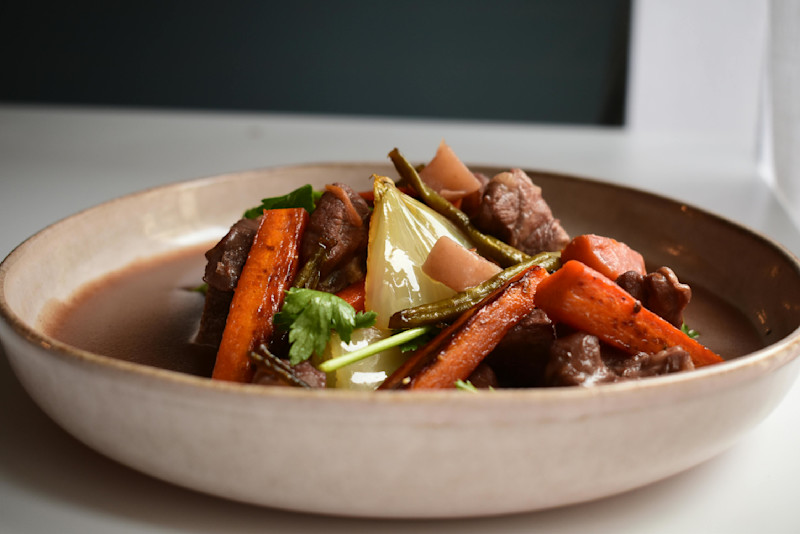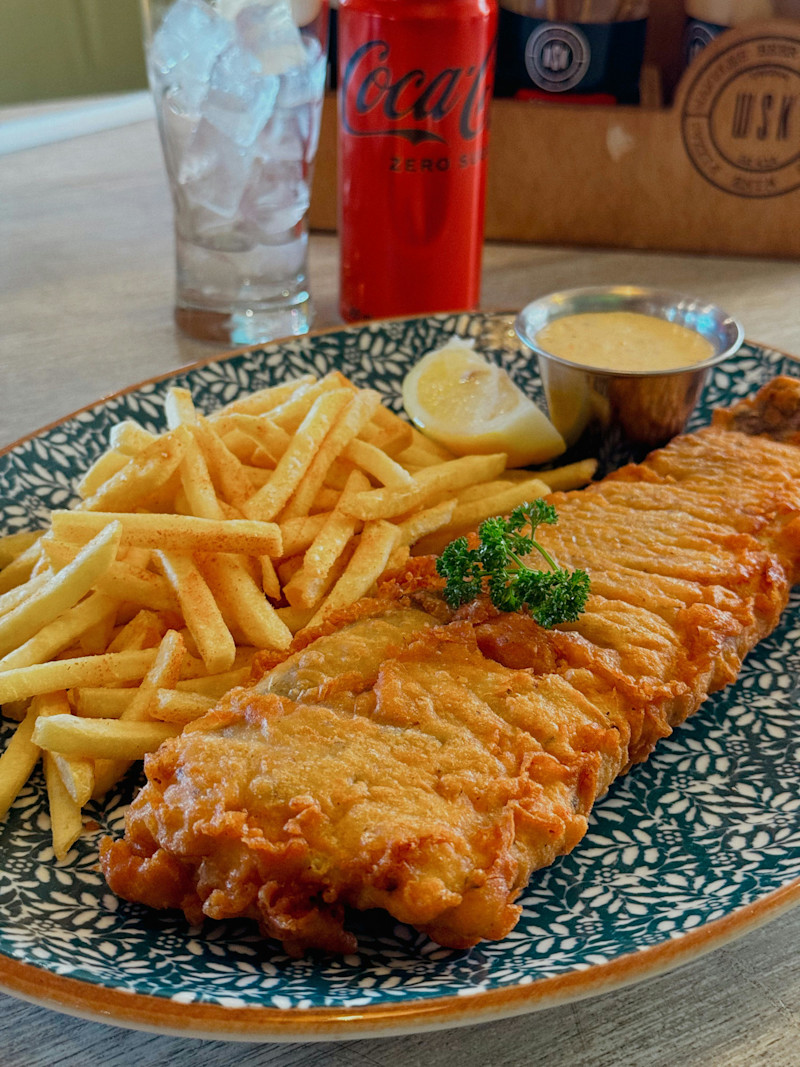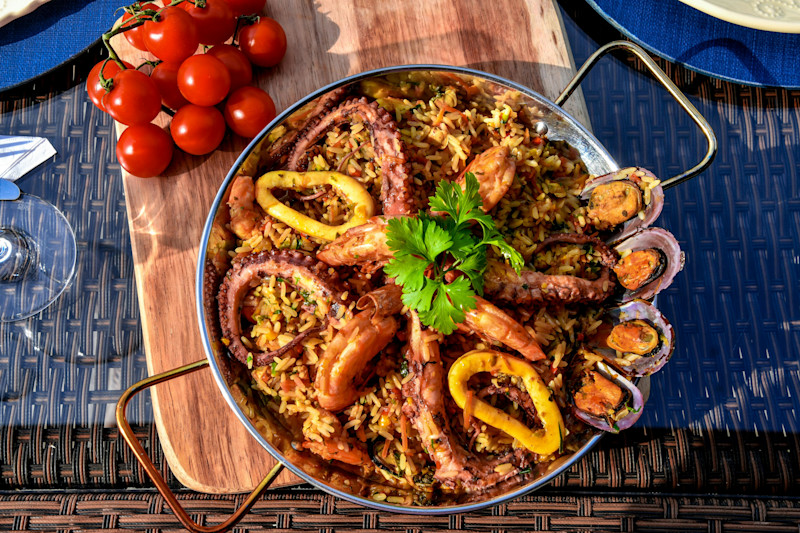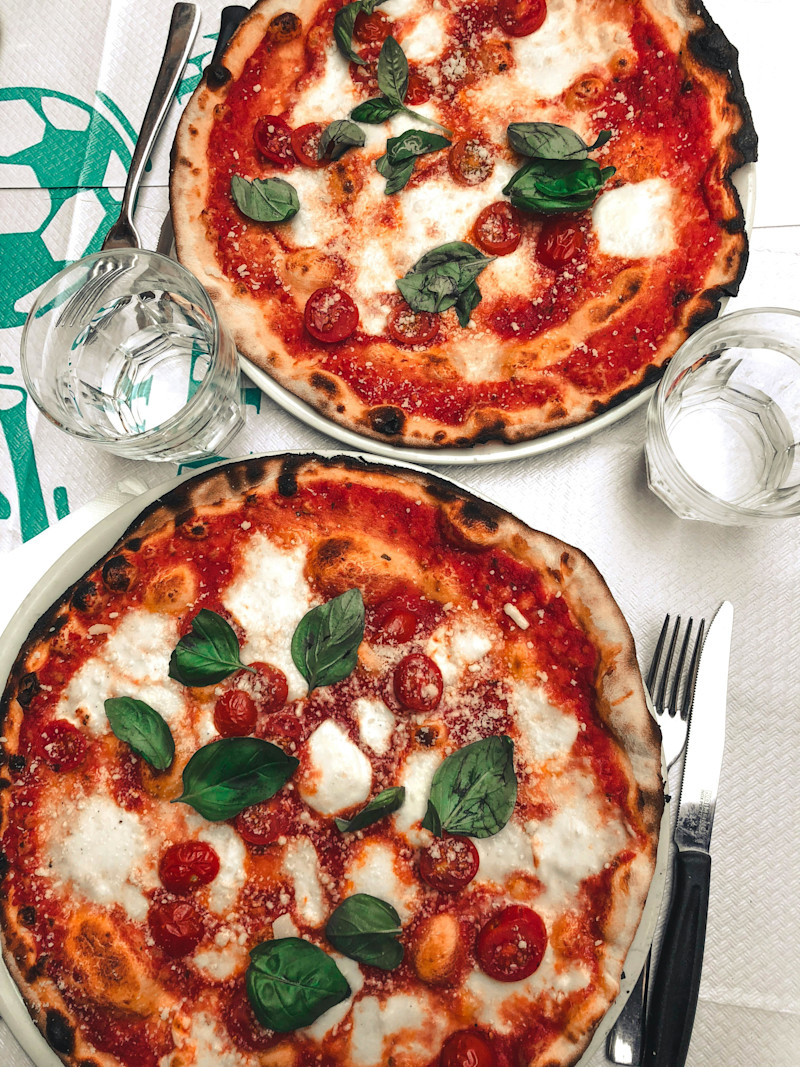
Get ready to traverse the globe and discover how history, culture, and global influences have shaped the world’s most iconic national dishes
National dishes are more than just meals; they are culinary symbols of a country’s history, culture, and identity. Shaped by geography, local ingredients, and cultural influences, these iconic dishes often tell stories of migration, trade, and tradition. They are the result of centuries of cultural blending, adaptation, and innovation, reflecting the spirit of the people who created and preserved them.
The creation of national dishes is often influenced by a country’s historical events and interactions with other cultures. Colonisation, trade routes, and immigration have all played pivotal roles in shaping the flavours and techniques that define these dishes today. For instance, spices brought by traders, cooking methods shared through conquests, and ingredients introduced by immigrants have all left lasting marks on national cuisines. These dishes are not just about sustenance; they exemplify the resilience and creativity of communities through time.
In many cases, national dishes encapsulate the unique identity of a region while also showcasing the global influences that have enriched it. They are a fusion of the local and the foreign, the traditional and the contemporary. Whether it’s the fragrant spices of the Middle East, the bold umami flavours of East Asia, or the hearty simplicity of European fare, these dishes offer a window into the past while continuing to evolve in the present. Let’s explore some famous national dishes and the influences that have contributed to their creation.
It's About to Get Cheesy - Fondue
A communal dish of melted cheese served with bread, Fondue is synonymous with Swiss culture. Promoted as a national dish by the Swiss Cheese Union in the 1930s, fondue became a symbol of unity for the nation’s diverse linguistic and cultural regions. Its origins, however, trace back to Alpine farmers who relied on melted cheese and stale bread during harsh winters. Today, fondue represents Switzerland’s dedication to quality dairy products and its love for convivial dining experiences.

An Unbeatable Winter Staple - Irish Stew
A hearty dish of lamb (or beef), potatoes, and root vegetables, Irish Stew pays homage to Ireland’s agricultural heritage and resilience. During the Great Famine of the 19th century, potatoes became both a staple and a symbol of survival. Irish Stew evolved as a dish of necessity, utilising simple ingredients to create something nourishing. Now, it is not only celebrated as a comforting culinary icon of Irish culture, but it is also a mainstay on many menus across the country, particularly during the colder months.

A Story in Every Bowl - Pho
Pho, a fragrant noodle soup, encapsulates Vietnam’s complex history. French colonial influences introduced beef as a prominent ingredient, while local spices and rice noodles retained the dish’s Vietnamese identity. Pho became even more popular during the Vietnam War, becoming a symbol of resilience while serving as both sustenance and comfort. Its delicate balance of flavours and cultural significance make it a beloved dish worldwide.
Catch, Batter, Fry - Fish and Chips
Few dishes are as quintessentially British as fish and chips. This iconic pairing became popular in the 19th century, during the Industrial Revolution, when the rise of urban working-class communities demanded affordable and filling meals. Fried fish was introduced by Jewish immigrants, while fried potatoes were a staple of northern England. Together, they became a national favourite, representing the UK’s maritime heritage and culinary adaptability.

From Bangkok to the World - Pad Thai
Pad Thai, a stir-fried noodle dish, is a relatively modern addition to Thailand’s culinary repertoire. It was popularised during the 1930s by Prime Minister Plaek Phibunsongkhram as part of a national campaign to promote Thai identity and economic self-sufficiency. Combining tamarind, fish sauce, peanuts, and rice noodles, Pad Thai is a harmonious blend of sweet, sour, salty, and spicy—a reflection of Thai culinary philosophy.
A Spanish Holiday Tradition - Paella
Hailing from Valencia, paella is a vibrant rice dish steeped in Spanish tradition. Its origins lie in the region’s Moorish past, which introduced rice cultivation to Spain. Paella’s ingredients—such as saffron, seafood, and vegetables—reflect Spain’s diverse landscapes and Mediterranean influences. More recently, paella has begun to symbolise communal gatherings and Spain’s passion for bold, flavourful cuisine.

Leftovers Turned Gourmet - Bibimbap
Bibimbap, meaning “mixed rice,” is a colourful dish that combines rice, vegetables, meat, and a spicy gochujang sauce. Its origins are rooted in Korea’s agrarian past, where farmers would mix leftovers into a single bowl for convenience. Bibimbap embodies the Korean concept of harmony (han), with its perfectly balanced flavours and textures, and serves as a celebration of seasonal ingredients.
Lovely Weather for a BBQ – Asado
A cornerstone of Argentine culture, asado is one of the most well-known traditional-style barbecues. With its roots in the gaucho (cowboy) lifestyle, asado showcases the nation’s rich cattle-rearing heritage. The slow grilling of beef over an open flame reflects Argentina’s emphasis on quality meat and communal dining. Asado is more than a meal—it’s a social ritual that brings families and friends together to celebrate the joys of great food.
Cheesy Goodness, Smothered in Gravy - Poutine
Poutine, a dish of fries topped with cheese curds and gravy, originated in rural Québec in the 1950s. Initially dismissed as a humble snack, poutine gained national recognition as a symbol of Canada’s multicultural identity. Its indulgent combination of textures and flavours reflects Canada’s comfort-food culture and its willingness to embrace culinary creativity.
When the Moon Hits Your Eye, Like a … - Pizza
Italy’s creation, the humble pizza, particularly the Margherita, is a global culinary icon. Originating in Naples, pizza was once a food for the working class, made with simple ingredients like tomatoes, mozzarella, and basil. The Margherita pizza, named after Queen Margherita of Savoy, mirrors the Italian flag’s colours and represents Italy’s culinary artistry and regional pride.

A Culinary Melting Pot - Adobo
The Philippines is well known for its unique creations, and Adobo, a dish of marinated meat stewed in vinegar, soy sauce, and spices, is surely one of the most recognised culinary symbols of this tropical group of islands. Influenced by Spanish colonisation and Chinese trade, adobo combines native and foreign techniques to create a uniquely Filipino flavour profile. Its versatility and long shelf life made it a practical choice for Filipinos throughout history, cementing its status as a national dish.
Where the World of Flavours Collide - Machboos
Transitioning to the UAE, Machboos, a spiced rice dish often paired with meat or seafood, is a cornerstone of Emirati cuisine. Drawing influences from Indian, Persian, and Levantine cuisines, Machboos highlights the UAE’s historical role as a hub for trade and cultural exchange. The dish’s aromatic blend of spices reflects the region’s rich culinary traditions and hospitality.
Throw ‘em on the Grill - Hamburger
The hamburger is an emblem of American innovation and cultural influence. While its origins are debated, the modern hamburger—a beef patty in a bun—emerged in the early 20th century as a fast, portable meal for industrial workers. It has since become a global phenomenon, symbolising America’s fast-food culture and its ability to adapt and popularise culinary concepts.

National dishes are more than just food; they are stories served on a plate. They tell tales of migration, trade, colonisation, and resilience. By understanding the history and cultural influences behind these iconic dishes, we gain a deeper appreciation for the diverse culinary landscapes that shape our world. Whether it’s the communal warmth of Swiss fondue or the bold flavours of Pad Thai, each dish is a celebration of its nation’s identity and heritage.
For more related updates and to Katch us covering similar topics, watch this space!
Katch our game-changing PR and Communications, Social Media, Branding and Design, Brand Consultancy, Digital Marketing, and Global Communications services to help your brand make noise. Get in touch with our 360-Marketing agency in Dubai, Qatar, Saudi Arabia, and London, and let’s get the conversation started!
